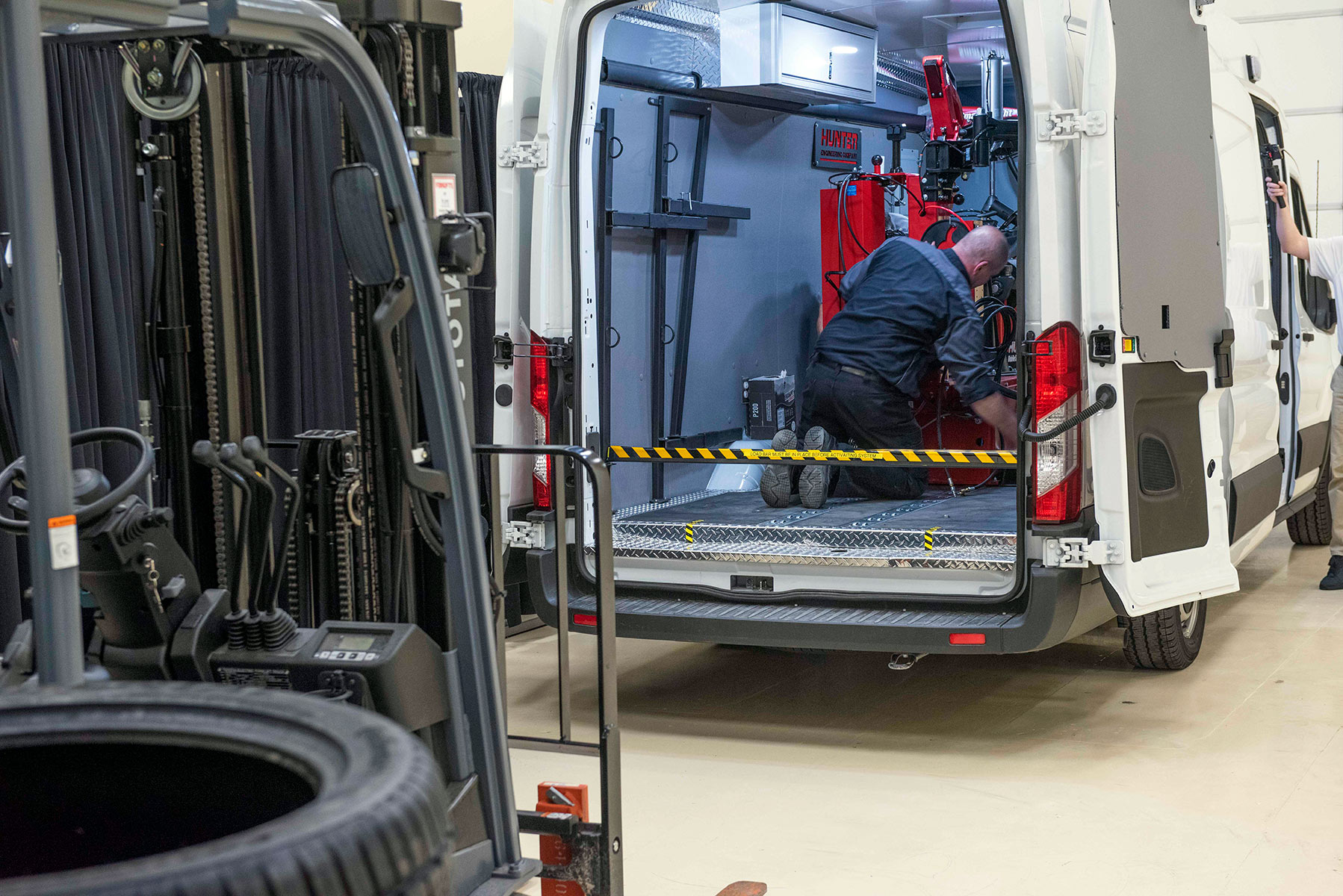Economical Mobile Tire Replacement Las Vegas - Call Now!
Economical Mobile Tire Replacement Las Vegas - Call Now!
Blog Article
Tire Service: Proven Approaches for Ideal Tire Upkeep and Care
From ensuring appropriate tire stress to normal rotation and alignment, there are tested approaches that can significantly prolong the life expectancy of your tires and boost total driving experience. Allow's delve into the world of tire service and find the tricks to maintaining your tires in excellent shape for the long haul - Mobile Tire Replacement Las Vegas.
Importance of Tire Pressure
Appropriate tire stress promotes much better gas efficiency, as under-inflated tires can lead to enhanced rolling resistance, creating the engine to function more difficult and take in even more gas. Appropriate tire pressure makes certain also tread wear, improving tire long life and conserving money in the long run by delaying the requirement for early substitutes. Routinely inspecting and readjusting tire pressure, especially previously lengthy trips, is a straightforward yet effective way to improve automobile efficiency, expand tire life-span, and focus on safety on the road.
Tire Rotation Guidelines
When taking into consideration tire turning standards, it is crucial to recognize the importance of this maintenance task in taking full advantage of tire life expectancy and preserving ideal automobile efficiency. Tire rotation involves changing the placement of each tire on a lorry to ensure also step wear. Front tires often tend to use quicker than rear tires due to steering pressures, making normal turning important for balanced wear patterns. The recommended rotation pattern differs relying on whether an automobile is front-wheel, rear-wheel, all-wheel, or 4x4. Typically, tires need to be revolved every 5,000 to 7,500 miles, or as encouraged in the vehicle manual. Overlooking tire rotation can result in unequal wear, impacting handling, grip, and potentially compromising vehicle security. By adhering to appropriate rotation standards, motorists can extend the life of their tires, boost gas efficiency, and boost general driving experience. Regular turning is a basic yet effective upkeep method that adds dramatically to tire durability and vehicle efficiency.

Benefits of Wheel Placement
Ensuring proper wheel alignment after tire turning is critical for keeping well balanced wear patterns and making best use of lorry efficiency. Furthermore, appropriate wheel alignment helps to expand the life-span of your tires. Misaligned wheels can trigger unequal tire wear, leading to premature tire substitute and raised upkeep expenses.

Tire Footstep Deepness Check
Doing a normal inspection of tire tread depth is crucial for maintaining safe driving conditions and lengthening the life-span of your tires. The tread on your tires plays a vital duty in providing traction, especially in slippery or wet problems. To examine your tire step deepness, you can use a tread deepness scale or the dime Click Here test. The recommended tread depth goes to least 2/32 of an inch. It is time to replace your tires to make sure optimum performance and safety and security on the roadway if the step deepness is read what he said listed below this limit. Unequal walk wear can suggest problems with tire positioning, stress, or suspension, highlighting the importance of normal step depth checks. Overlooking to keep track of and maintain proper step deepness can result in decreased grip, longer stopping ranges, and a boosted danger of hydroplaning. By incorporating tire walk depth explore your regular maintenance schedule, you can drive with self-confidence recognizing that your tires are in top problem.
Seasonal Tire Inspection
Seasonal tire inspection is a fundamental aspect of tire maintenance that ensures tires are ready to encounter the obstacles positioned by different weather problems. In prep work for wintertime, it is vital to inspect the tire pressure regularly as cold temperature levels can create tire pressure to go down. By performing routine seasonal tire inspections, drivers can lengthen tire life expectancy, enhance gas effectiveness, and most importantly, guarantee a protected driving experience in varying climate problems.
Conclusion
To conclude, preserving proper tire stress, turning tires routinely, straightening wheels properly, keeping track of step depth, and conducting seasonal examinations are necessary practices for optimum tire care. By adhering to these shown techniques, vehicle drivers can ensure their tires last much longer, carry out far better, and contribute to overall vehicle security. It is very important to prioritize tire upkeep to avoid accidents, boost fuel performance, and prolong the life expectancy of tires.
Adequate tire stress advertises far better fuel effectiveness, as under-inflated tires can lead to raised rolling resistance, causing the engine to function tougher and consume more gas.When taking into consideration tire rotation guidelines, it is crucial to understand the value of this upkeep task in making the most of tire lifespan and maintaining ideal lorry efficiency. Seasonal tire assessment is a fundamental facet of tire upkeep that makes sure tires are prepared to face the obstacles presented by various climate problems. By performing regular seasonal tire inspections, chauffeurs can lengthen tire lifespan, improve fuel effectiveness, and most significantly, make sure a safe and secure driving experience in differing climate problems.
In verdict, keeping correct tire pressure, turning tires frequently, straightening wheels appropriately, monitoring tread deepness, and performing seasonal examinations are crucial techniques for optimum tire treatment.
Report this page